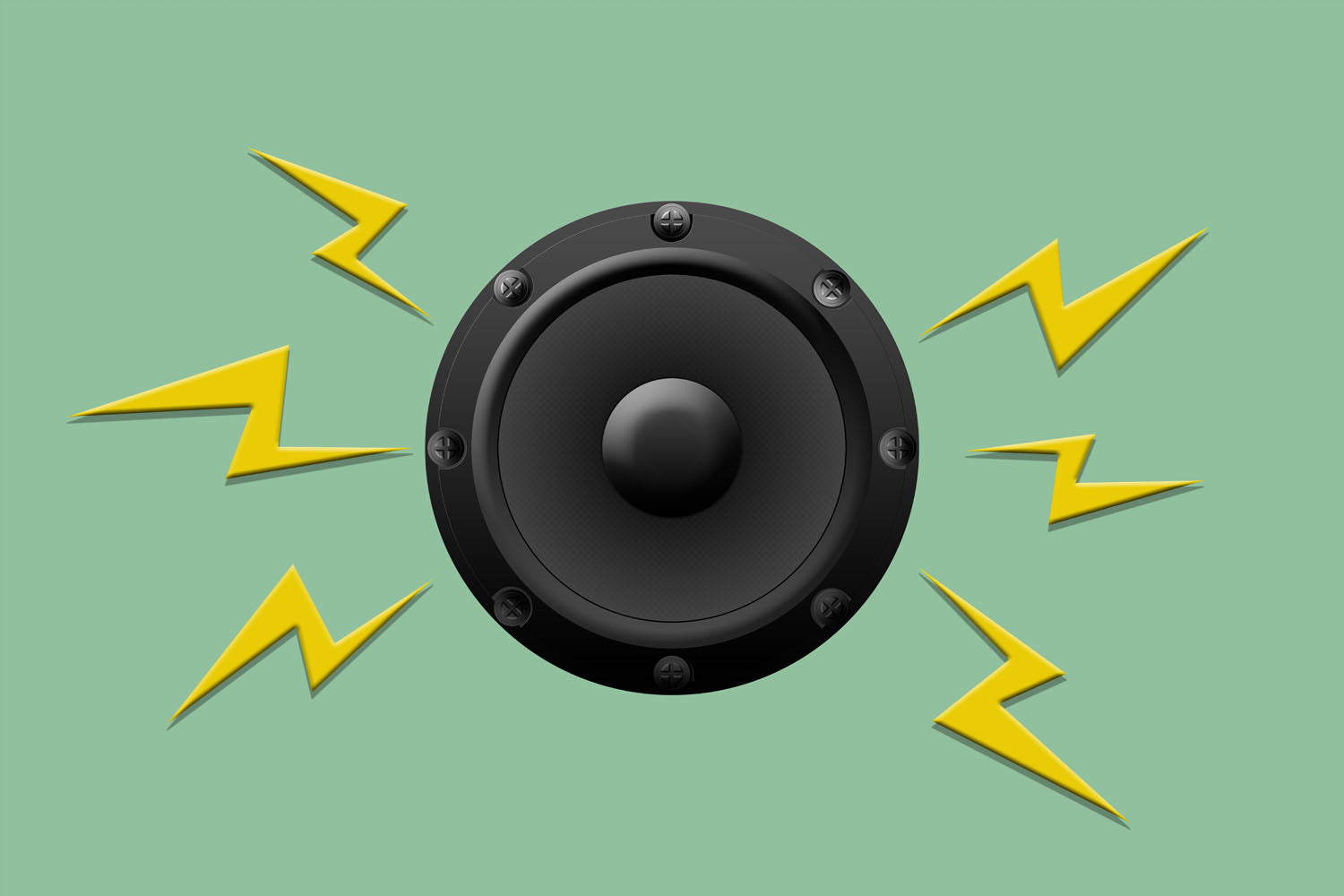... on 1000s of products

How to Fix Blown Car Speakers: A Comprehensive Guide
Experiencing distorted sound or silence from your car speakers can be frustrating. Blown speakers are a common issue, but with the right knowledge and tools, you can address the problem effectively. This guide will walk you through the steps to diagnose and fix blown car speakers.
1. Understanding the Problem
What Does "Blown Speaker" Mean?
A "blown" speaker refers to a speaker that no longer functions correctly due to physical damage or electrical failure. Common signs include:
-
Distorted or muffled sound
-
Buzzing or rattling noises
-
No sound output
-
Reduced volume
Common Causes
-
Overpowering: Playing music at high volumes for extended periods can damage the speaker components.
-
Physical Damage: Wear and tear or accidental impact can harm the speaker cone or surround.
-
Electrical Issues: Faulty wiring or amplifier problems can lead to speaker failure.
2. Diagnosing the Issue
Step 1: Listen Carefully
Play audio through your car's sound system and pay attention to each speaker. Identify which speaker(s) are producing distorted sound or no sound at all.
Step 2: Inspect Visually
Remove the speaker grille or panel to access the speaker. Look for visible signs of damage, such as:
-
Tears or holes in the cone
-
Detached or damaged wires
-
Burn marks or signs of overheating
Step 3: Test with a Multimeter
Use a multimeter to check the speaker's impedance. A typical car speaker should read between 4 to 8 ohms. A reading of zero or infinite resistance indicates a problem.
3. Repairing the Speaker
Option 1: Repair the Existing Speaker
If the damage is minor, you might be able to repair the speaker:
-
Cone Repair: Small tears can be fixed using a flexible adhesive or speaker repair kit.
-
Re-soldering Wires: If wires are detached, carefully re-solder them to their appropriate terminals.
-
Cleaning: Dust and debris can affect performance. Use compressed air or a soft brush to clean the speaker components.
Option 2: Replace the Speaker
If the speaker is severely damaged, replacement might be the best option:
-
Purchase a Compatible Speaker: Ensure the new speaker matches the size and impedance of the original.
-
Remove the Old Speaker: Disconnect the wiring and unscrew the speaker from its mount.
-
Install the New Speaker: Connect the wiring, ensuring correct polarity, and secure the speaker in place.
-
Test the System: Play audio to confirm the new speaker functions correctly.
4. Preventing Future Issues
-
Moderate Volume Levels: Avoid playing music at maximum volume for extended periods.
-
Quality Components: Invest in high-quality speakers and amplifiers that can handle your audio preferences.
-
Regular Maintenance: Periodically check your audio system for signs of wear or damage.
-
Proper Installation: Ensure speakers are securely mounted and wiring is correctly connected.
5. When to Seek Professional Help
If you're uncomfortable performing these repairs or if the issue persists after your attempts, it's advisable to consult a professional car audio technician. They can provide a thorough diagnosis and recommend the best course of action.
By following this guide, you can address blown speaker issues in your car and enjoy a high-quality audio experience once again.
